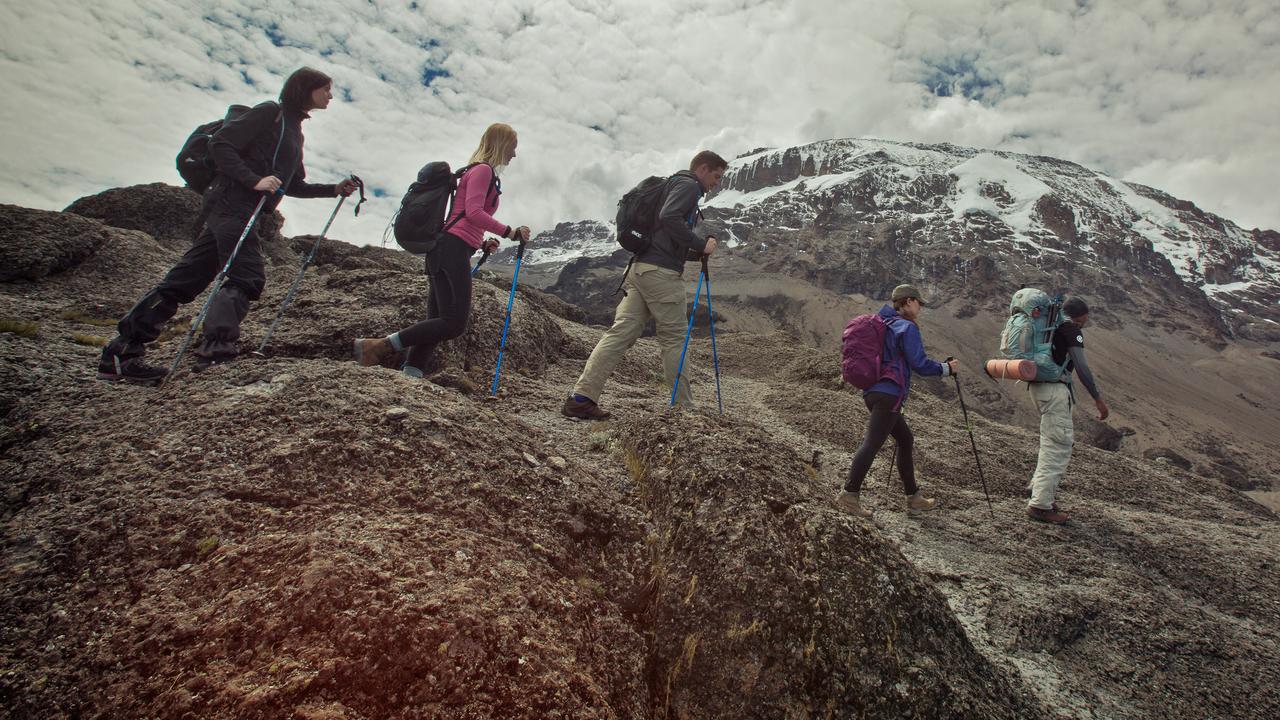Mount Meru Trek through verdant afromontane forest into high altitude alpine desert with stunning views of a dormant volcano. There is possible sightings of wildlife on foot, afromontane forest, less busy than Kilimanjaro, excellent bird life and. Mount Meru is one of the most under rated hikes in East Africa. From there, the route wanders up the north side of Meru’s volcanic crater, before approaching the true summit itself. At the top, the views are outstanding, particularly with Kilimanjaro gleaming tantalizingly in the distance.
Mount Meru Climbing offers two advantages to travelers. First, it allows trekkers a chance to experience what it is like to climb Kilimanjaro on a smaller scale, providing a grand adventure for those who don’t have a lot of time in their schedule or don’t want to deal with the higher altitude found on Kilimanjaro.
Hikers will stay in a series of huts on their way to the top, with basic but comfortable accommodations located at two different campsites prior to the going to the summit, which is located at a place called Socialist Peak. Visitors to Mount Meru are more likely to spot wildlife along the trail, particularly in the early days of the hike. Often times a ranger will accompany trekking groups on the first day of the journey to ensure they make it safely to the first campsite.
-
Car
-
National Park Hut Accommodation
-
5,416 metres
-
Arusha
-
All year round
-
Eco-Tour, Hiking, Trekking
-
All meals during the trek
-
English, Spanish, French, Italian
-
Easy to Moderate
-
2-15




